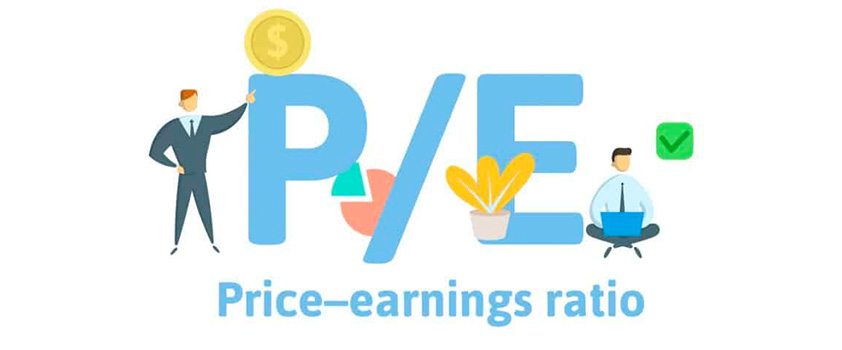What is PE Ratio? What It Reveals About a Company’s Value?

Before understadning what PE ratio tells us, let us understand what is PE ratio? The Price to Earnings (PE) ratio is a key metric used by investors to gauge a company’s valuation. While it provides insight into the market’s perception of a stock, it doesn’t paint a complete picture of a company’s growth potential or corporate governance practices. Let’s explore what the PE ratio really signifies and how to interpret its implications for investment decisions.
What Is the PE Ratio?
The PE ratio compares a company’s current share price to its earnings per share (EPS). A lower PE ratio might suggest a stock is undervalued, while a higher PE could indicate overvaluation. However, these interpretations depend on various factors, making it crucial to look beyond the headline number.
The Market’s Perspective
When evaluating a stock’s PE ratio, consider the market’s assumptions about the company’s future. A low PE ratio often reflects concerns such as:
- Limited Growth Potential: Companies in stagnant industries may struggle to achieve significant growth, leading to lower valuations.
- Competitive Disadvantages: A lack of competitive edge can lead to uncertainty in profitability and scalability.
- Corporate Governance Issues: If a company’s management has a history of unfair practices toward minority shareholders, investors may hesitate to assign higher values.
- Regulatory or Technological Risks: Anticipated changes in regulations or disruptive technologies can negatively impact a company’s future cash flow.
Conversely, a high PE ratio typically suggests:
- High Growth Expectations: Investors may expect rapid earnings growth or significant scalability opportunities.
- Strong Competitive Position: A company with a solid market position can command a premium, indicating sustained profitability.
- Trust in Management: Confidence in corporate governance practices can lead to a higher valuation.
- Favorable Market Conditions: Absence of perceived risks from technology or regulation can also justify a higher PE.
Real-World Examples
Consider the historical performance of two companies: Stock A and Stock B. In March 2003, Stock A had a PE ratio of ~7, while Stock B’s was ~21. Today, Stock A is down 85%, whereas Stock B has more than doubled. This disparity highlights that a low PE doesn’t always mean a bargain; it can indicate underlying issues that affect future performance.
Assessing Value
To determine whether a stock is genuinely undervalued or overvalued, investors should analyze various factors:
- Growth Prospects: Investigate the company’s industry dynamics and future growth potential.
- Competitive Landscape: Assess whether the company has a sustainable competitive advantage.
- Management Integrity: Research the track record of corporate governance and capital allocation.
- Market Conditions: Stay informed about any external factors that could impact the business’s future.
Conclusion
While the PE ratio serves as a valuable starting point for evaluating a company’s value, it should not be the sole determinant of investment decisions. To effectively assess a stock, delve deeper into the underlying factors influencing its valuation. By understanding what the market is communicating through the PE ratio, investors can better identify potential opportunities and pitfalls.
Disclaimer
The views presented in this article are for educational purposes only. Always conduct your own research and consult financial advisors before making investment decisions.



